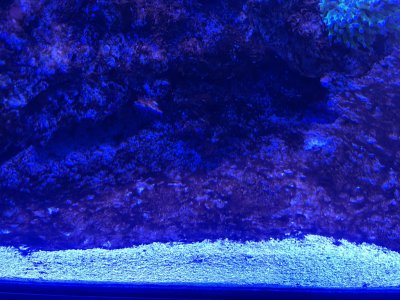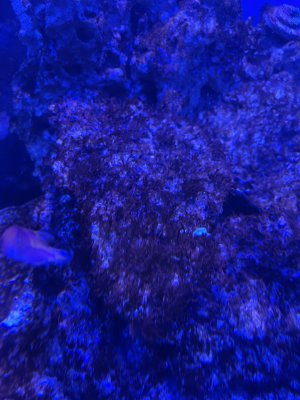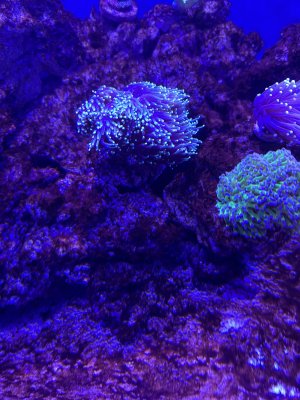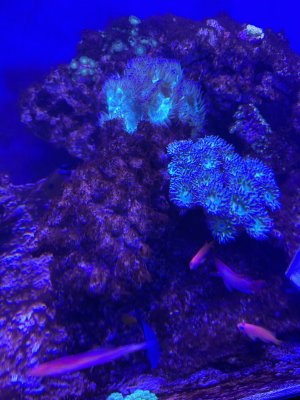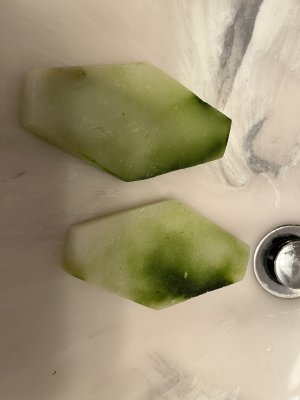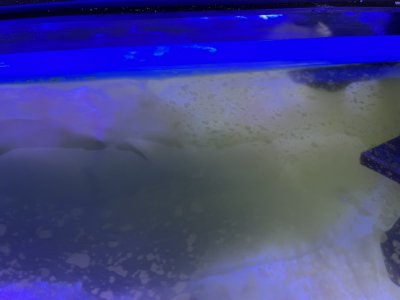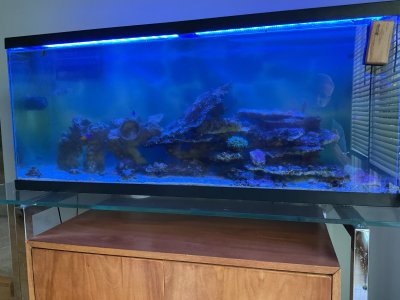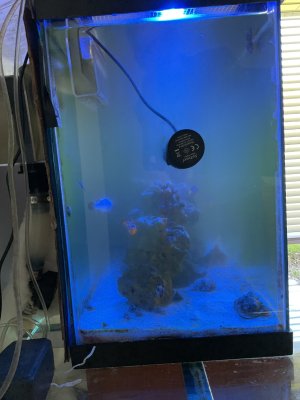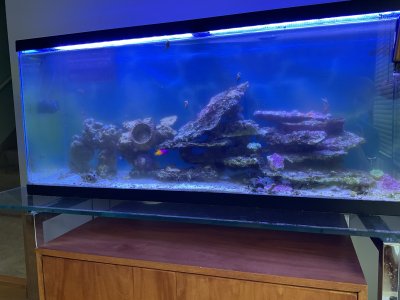For starters your PO4 is too low and it's impacting your corals ability to compete with any nuisance algae in your system. The old reccomendation to keep PO4 below .03 mg/l is wrong and the given surface reading of .005 is misleading as most of the ocean surface is much higher. (Distribution charts of oceanic PO4 levels clearly indicate a diffusion gradient that is lowest around reefs.)
Southampton University identified .03 mg/l as the minimum to keep coral photobiology from being impacted by phosphorus defincies. As PO4 varies depending on what's using it a buffer level is advisable. As .3 mg/l is what corals may see in the wild I'm happy with .1 to .3 mg/l.
Patience is needed when dealing with nuisance algae issues and FWIW, I've seen nuisance alge issues resolve themselves after a catastrophic event with just small frequent water changes much like the initial "uglies" stage in setting up systems resolves itself.. However i would be slightly more hands on and I would start with weekly water changes of 5% - 10% and use
steel straws to manually siphon out algae. I would add urchins, the short spine species are my prefference but the long spine species work well and for your size system 4-8 depending on size. I would not get pencil urchins. I would also consider other herbivores like Sally lightfoot crabs, thin stripe hermits and the large algae eating blennies (snails and small hermits are fine but not very effective for problem issues in my exprience). This process I stumbled on back in the '90s and is used to
remediate reefs in the wild.
I would get rid of your cheato and algae scrubber as it's releasing alleopathic compounds
detrimental to corals. Do not carbon dose, this can have the same effect as algae as it's a form of
labile DOC that promotes excessive and potentially pathogenic microbial growth. Turn off your skimmer, it's only skewing the microbial populations and isn't removing removing the neutral sugars that can cause problems for corals.
As far as the any algae growing on the sand. Sometimes I'll siphon it off rinse it then soak it in H2O2 for awhile then rinse it well and return it to the tank. Sometimes I'll just rinse it in clean slatwater and return it to the tank. I've had mixed results both ways so I'll try one and if it doesn't seem to work that well I'll try the other (presumably there's differences in wether algae is just growing on the surface of the sand and is easily rinsed off or is actually grwoing in the micropores and surface irregularties and has to be killed with H2O2).

